If you look at the best smartphones available today, you’ll notice that they compete on most specs, but there’s one that all of them seem to take a different approach to: fast charging. The feature has made incredible progress over the last few years, and there’s one brand that’s a clear winner in that regard.
In some ways, OnePlus was the pioneer of fast charging on smartphones. While it may have started as a way to differentiate itself, continued investments over time have given it a strong competitive advantage.
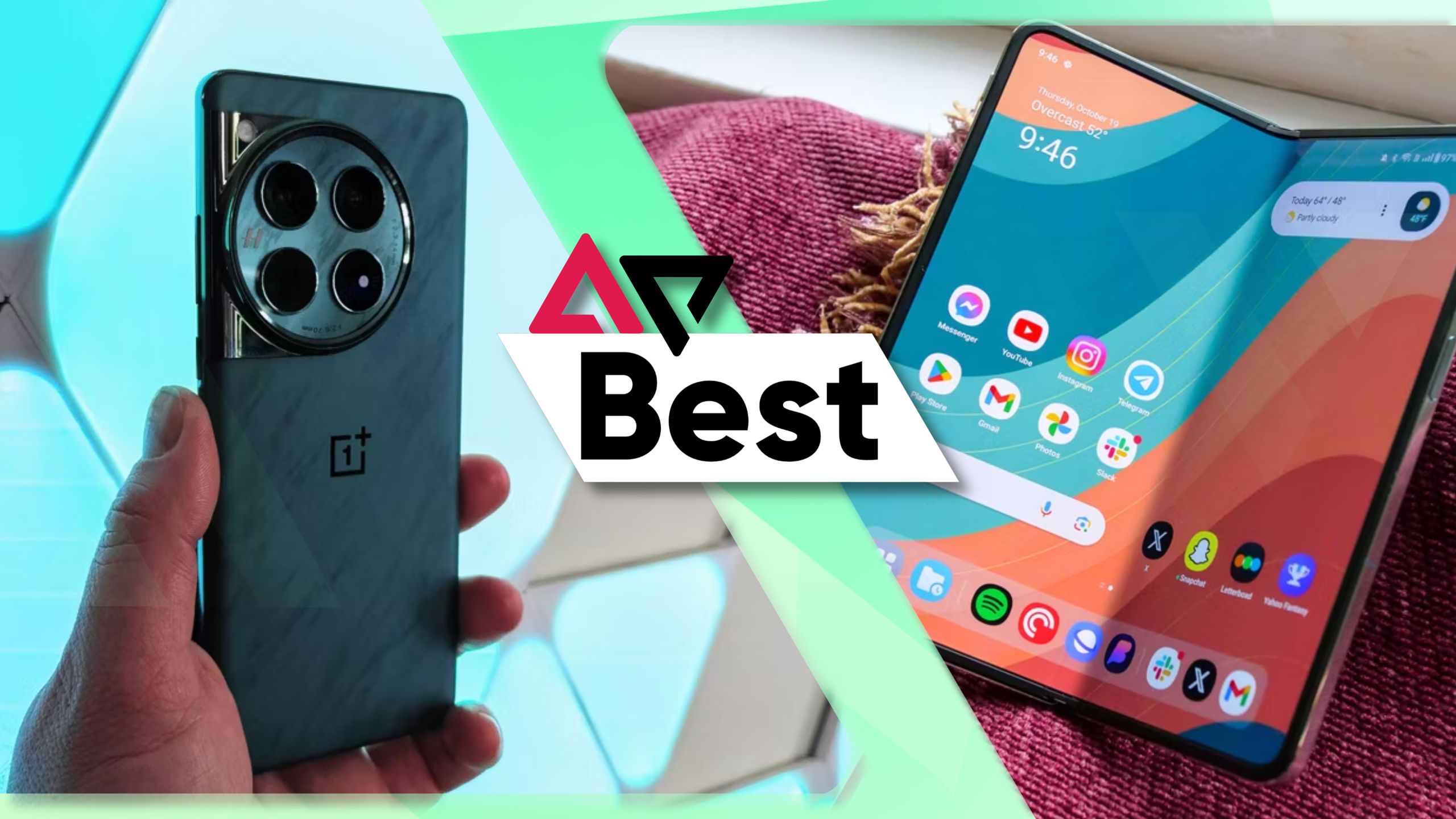
Related
Best OnePlus phones in 2024
Which OnePlus phones are worth buying?
How fast charging came to be
It starts with the OnePlus 3 in 2016
But how did we get here? A lot of credit is owed to OnePlus, not only for popularizing this feature, but also for pushing other OEMs around the world to step up their game. For the last few years — around the world and especially in North America — the fastest-charging widely-available phones at multiple price points have been from OnePlus. Flagships from Apple, Google, and Samsung can take over an hour to charge.
And unlike many other features that are good to have, fast charging is a life-changing feature that affects your daily habits and reduces the amount of planning needed to go about your day. Ask anyone who’s used a OnePlus phone or any other high-end smartphone from the East. Not worrying about your phone dying on you and having the peace of mind that you only need a few minutes to charge changes your relationship with your phone.
It all started with the launch of the OnePlus 3 in 2016. The OnePlus 2 failed to follow the roaring success of its predecessor, and the company needed a win to get back in the game. So, in the process of deciding between features, OnePlus found its niche in fast charging.
In hindsight, it was a really smart decision, as not only was it a section with little to no competition, but it was also one that users could instantly understand. For years, we accepted that phones take two hours to fully charge, and nothing could be done about it.
The OnePlus 3 changed that by reinventing the wheel and using brute force to propel itself to an untouchable height, spoiling us with “a day’s power in half an hour” — a tagline that continues to resonate today.
More importantly, from a product point of view, it was an extremely sticky feature. In 2016, when the average smartphone upgrade cycle was about two years, anyone who used OnePlus’s 20W Dash Charging for some 500 times would find it extremely difficult to go back to overnight charging.
Changing the status quo
Fast charging goes by many names
It’s unlikely that OnePlus was the first to offer fast charging, but it sure was the one to democratize it, taking it from a nice-to-have to a must-have feature. But it wasn’t without a few changes; over the years, Dash Charge became Warp Charge, and now it’s called Super VOOC — a charging standard that OnePlus’s sister companies Oppo and Realme also support.
OnePlus created this ecosystem by investing in its own chargers, cables, and other accessories, stomaching the R&D costs to secure a point of differentiation. Its lead in the charging game remains strong, with even its budget phones like the OnePlus 12R now taking only about 30 minutes to go from empty to full. That’s half as much time as flagships from Apple, Samsung, and Google require.
Wattage isn’t a linear unit of charging speeds, but it gives you a good idea of how capable the device is. Here’s a comparison between the charging power of phones each year, from OnePlus and its major competition.
|
Year |
OnePlus |
Apple |
|
Samsung |
|---|---|---|---|---|
|
2016 |
20W |
12W |
18W |
15W |
|
2017 |
20W |
15W |
11W |
15W |
|
2018 |
20W |
15W |
18W |
15W |
|
2019 |
30W |
18W |
18W |
15W |
|
2020 |
30W |
20W |
18W |
45W |
|
2021 |
65W |
20W |
23W |
25W |
|
2022 |
150W |
20W |
23W |
45W |
|
2023 |
100W |
20W |
30W |
45W |
|
2024 |
100W |
20W |
TBC |
45W |
Going beyond
More power in less time
OnePlus has busted the myth that fast charging negatively affects your phone’s battery health, with its devices lasting the same or, in some cases, even longer. There are many factors here, including how users follow charge cycles and the ambient temperature, but for the most part, as long as you’re using the supplied charger and cable, you should be fine. This is true for non-OnePlus smartphones, too.
More recently, OnePlus has also started dabbling with bigger batteries in its phones. The 2024 OnePlus 12 has a 5,400mAh battery with 100W fast charging and 50W wireless charging, while being lighter and more compact than the iPhone 15 Pro Max (4,440mAh) and the Samsung Galaxy S24 Ultra (5,000mAh).
Phones generally have to make a trade-off between fast charging and bigger batteries, but OnePlus’s recent breakthrough aims to solve that dichotomy, possibly making it one of the biggest innovations yet. Developed in partnership with CATL (the battery maker that supplies cells to Tesla, Ford, Polestar, etc.), “Glacier Batteries” have about a 23% higher density than existing solutions and support 100W of fast and safe charging.
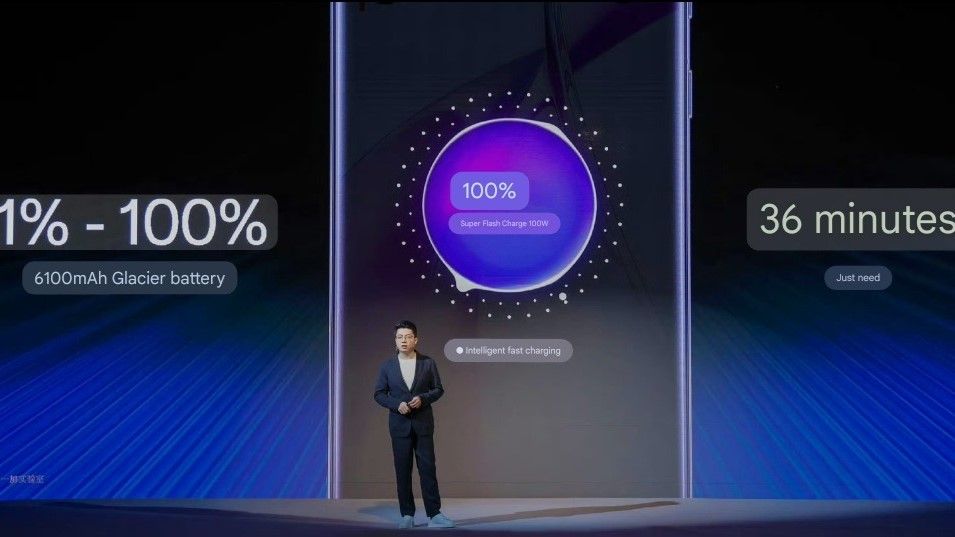
Related
OnePlus’ new battery tech promises to retain 80% of its life after four years of use
The new battery tech squeezes a 6,100mAh cell into the space previously limited to a 5,000mAh
This tech debuted on the China-only OnePlus Ace 3 Pro, which has a 6,100mAh battery and can recharge fully in just 36 minutes, while being less than 9mm thick. I expect to see Glacier batteries make an appearance globally on the upcoming OnePlus 13.
A win-win situation
Everyone should experience fast charging speeds
In just a few years, fast charging has become a staple on phones worldwide and is now a feature that users expect.
Take any recent OnePlus, Oppo, Xiaomi, or Huawei smartphone, and you’ll see that they charge faster than the options available in the US. But since India and China are big markets for Apple, Samsung, and, to a lesser extent, Google, they’ll need to improve their offerings to be competitive with the local smartphone market.
While in the short run, fast charging was a win for a few OEMs, in the long run, it will be the end users who benefit from healthy competition, resulting in better products. Now we just need companies to finally agree on what counts as “fast charging.”
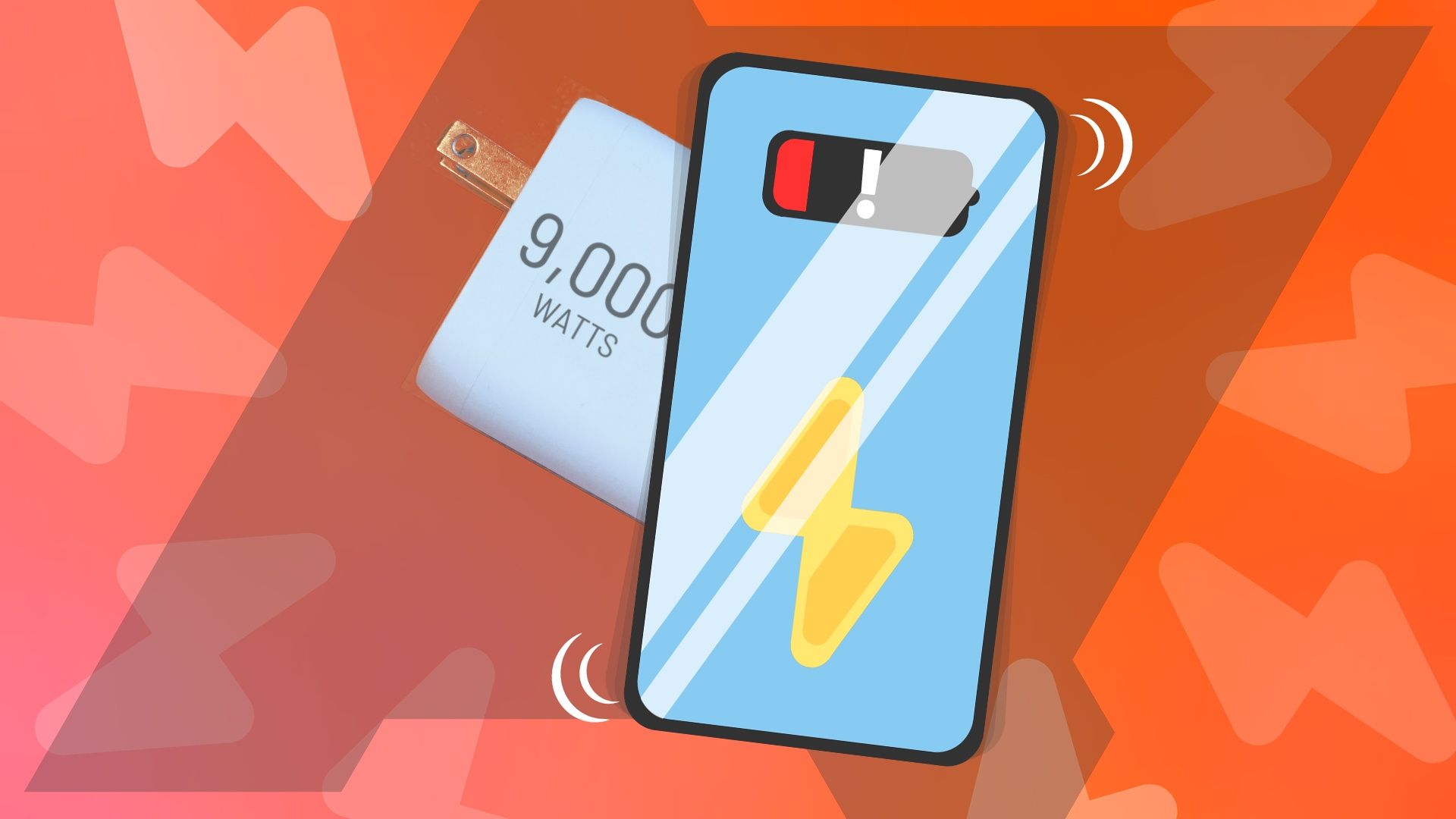
Related
Faster charging is the only thing I want from 2024 flagship phones
Can we please get over those dog slow 25W chargers already?
Source link

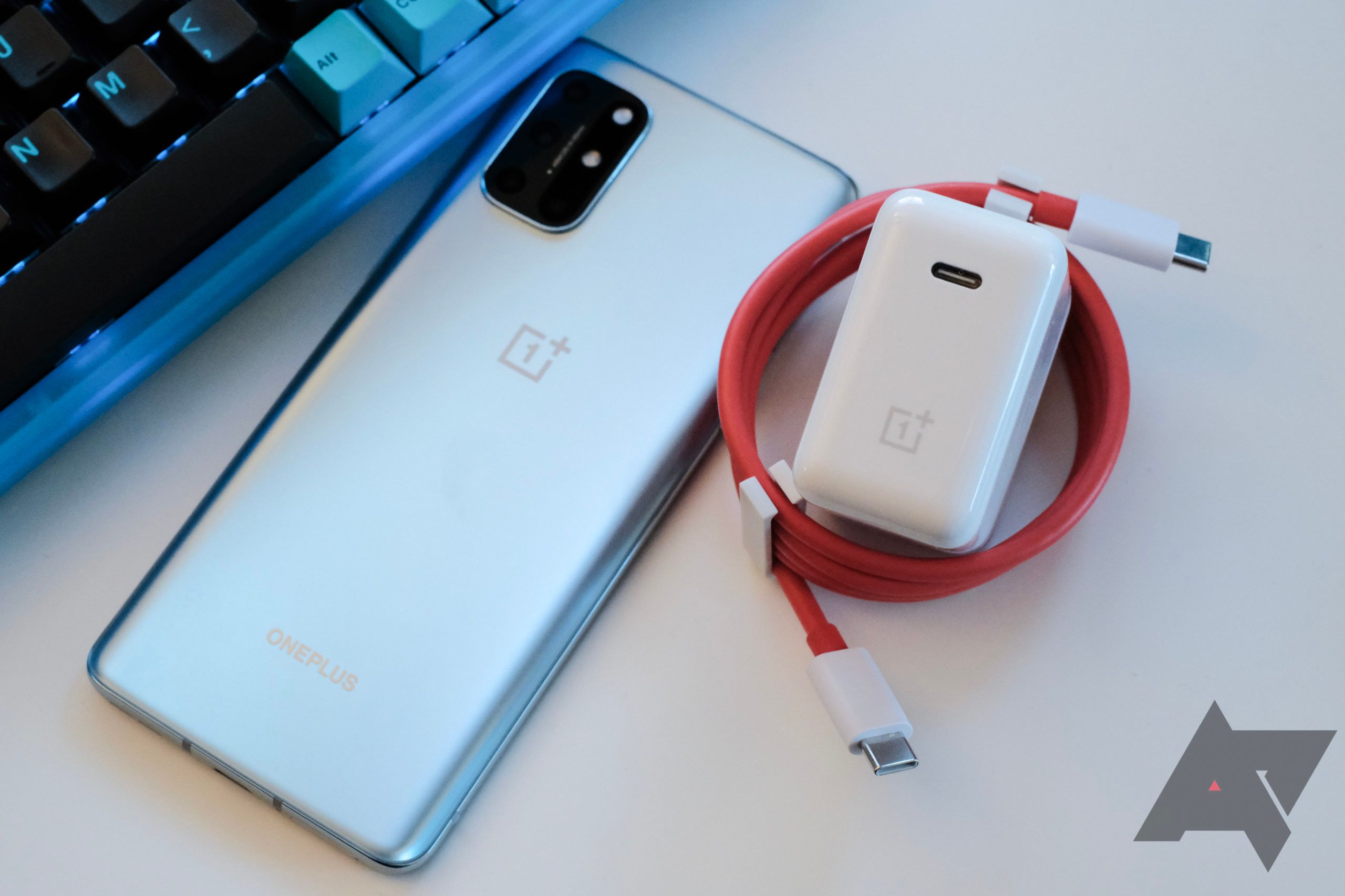
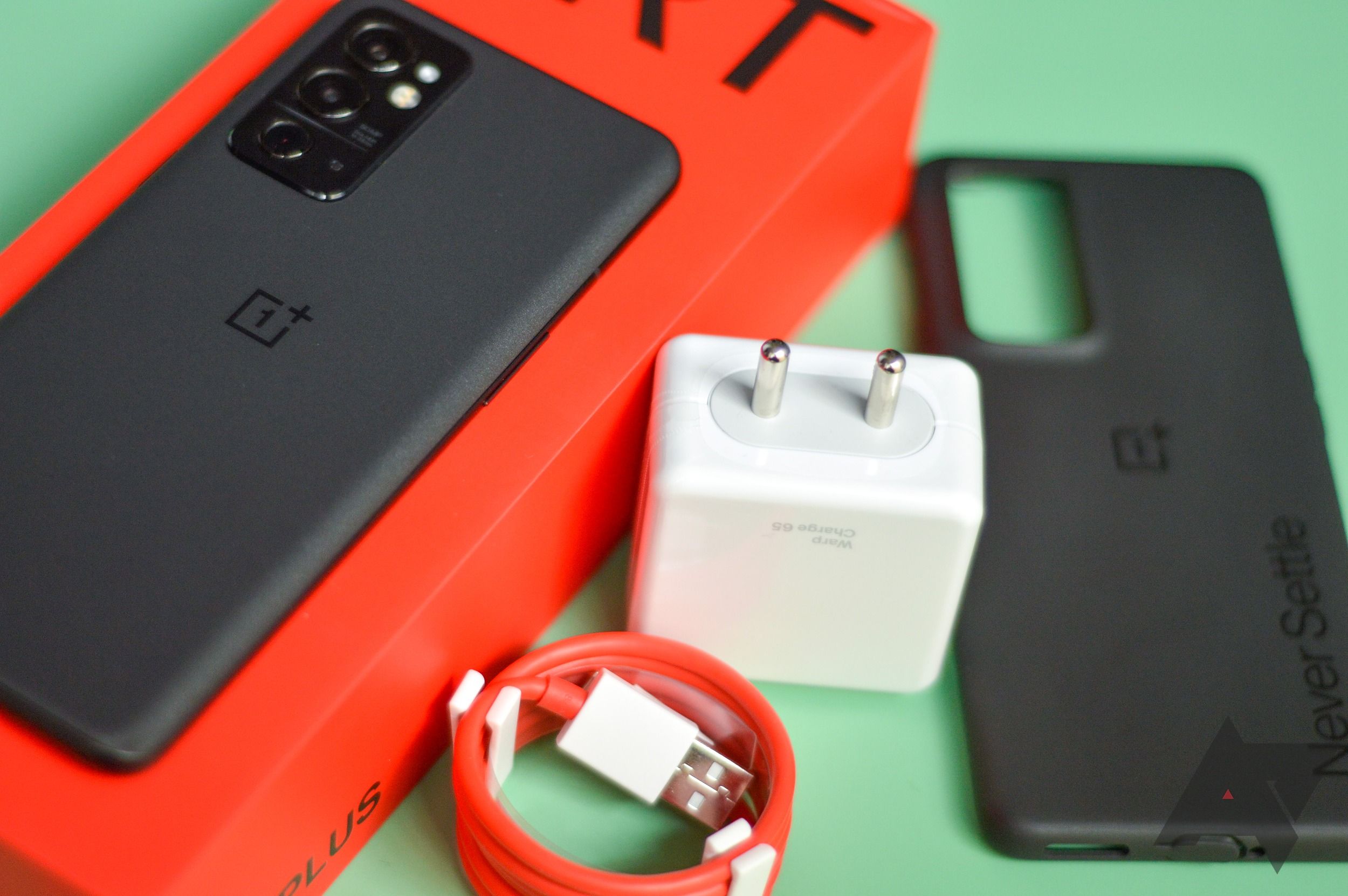
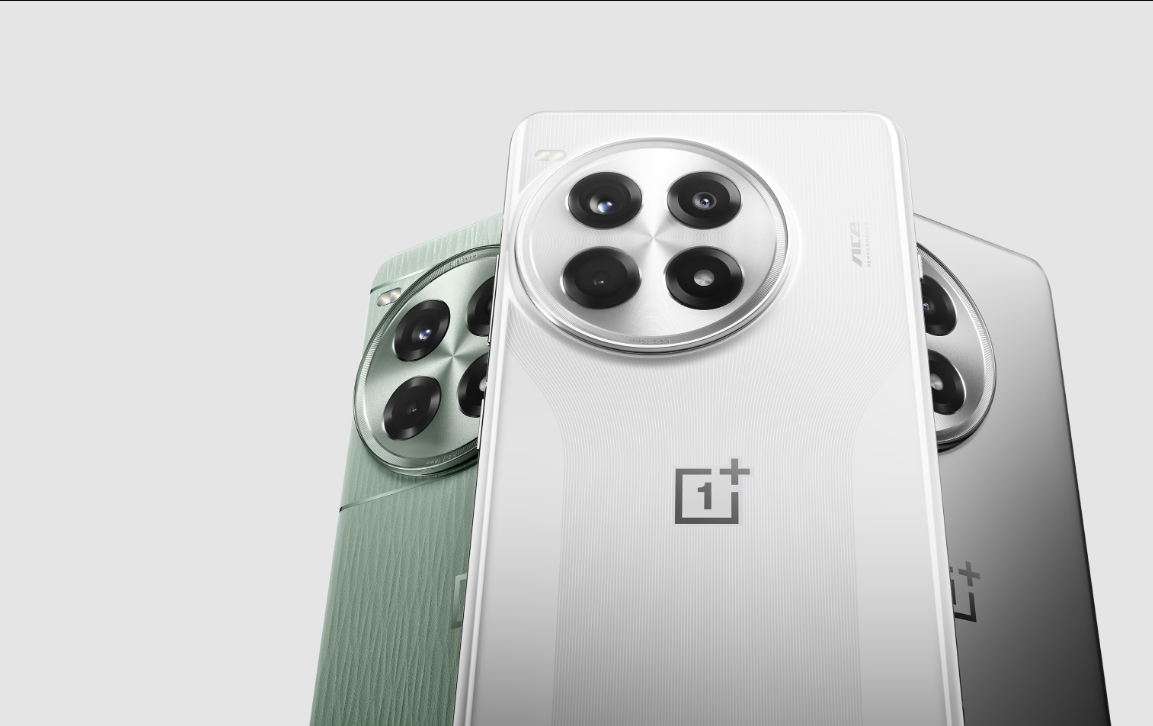


cuo6g1